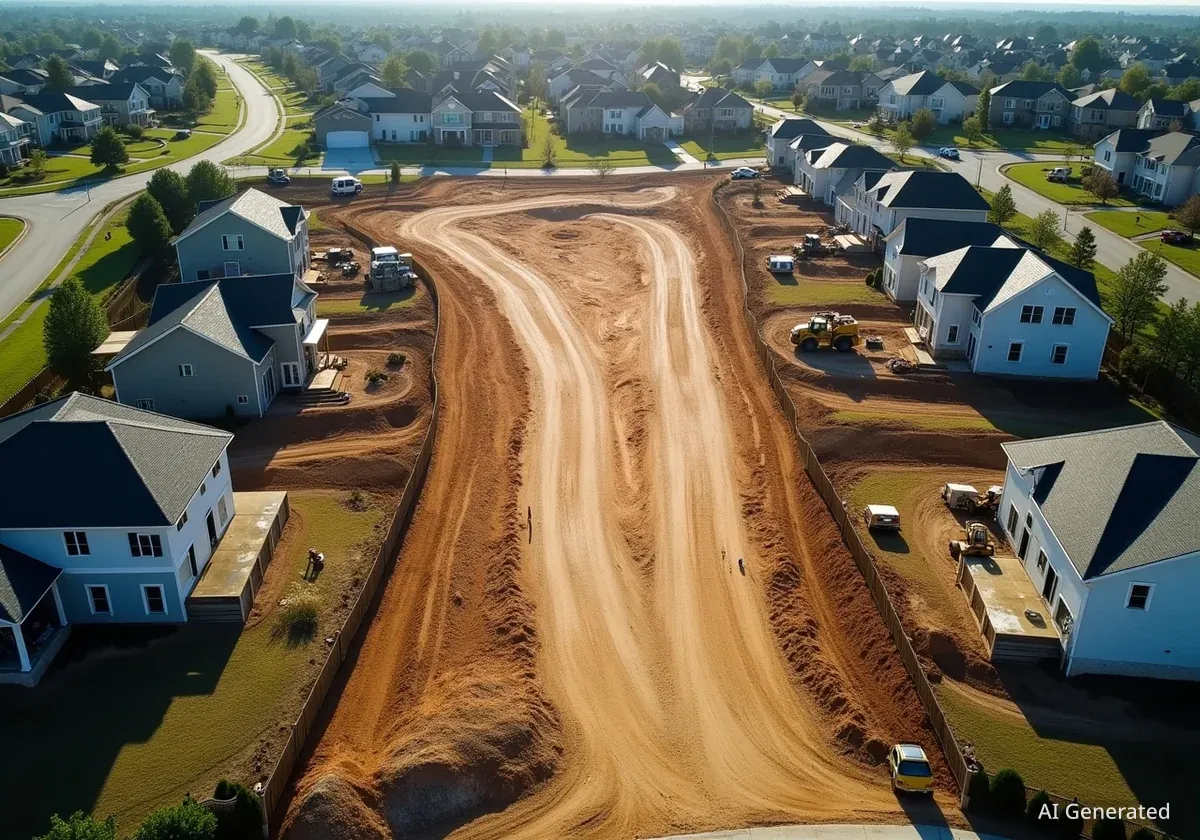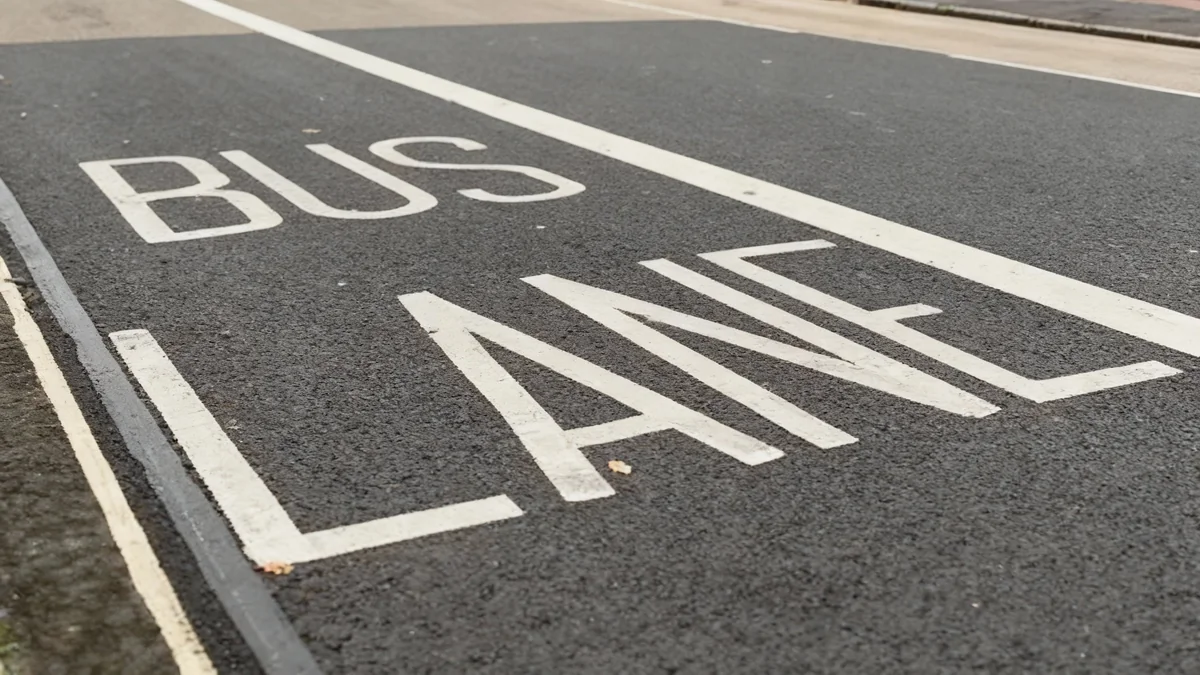A major housing development of 350 homes in Widnes has been put on hold after Knowsley Council's planning committee deferred a decision on its access road. The move followed strong objections from local residents who raised significant safety concerns, particularly for older people, regarding the proposed entrance on Chapel Lane.
Developer Taylor Wimpey requires approval from Knowsley for the access point, as it falls within the borough's boundary, while the main housing site is located in Halton. Citing dangerous road conditions, residents successfully argued for a delay, prompting councillors to schedule a site visit before any further decisions are made.
Key Takeaways
- A plan for 350 new homes by Taylor Wimpey in Widnes has been paused.
- Knowsley Council's planning committee deferred the application for the development's access road.
- Residents raised concerns about road safety on Chapel Lane, highlighting blind bends and risks to pedestrians.
- Campaigners argued the changes could negatively impact older residents, making them feel unsafe and isolated.
- Councillors will now conduct a formal site visit to assess the road conditions firsthand.
Cross-Boundary Housing Plan Faces Hurdle
The proposal by Taylor Wimpey involves the construction of 350 new homes, described as high-quality and energy-efficient, on land east of Chapel Lane. The development is intended to be a natural extension to the north of Widnes, addressing local housing needs.
While Halton Council has already examined the main development plan, a critical component—the vehicle access point—lies within the neighbouring borough of Knowsley. This jurisdictional split means that Knowsley's planning committee must grant separate approval for the entrance onto Chapel Lane.
This requirement brought the matter before Knowsley councillors on October 9th, where a group of residents from the area attended the meeting at Huyton's Municipal Buildings to voice their opposition.
Residents Raise Alarms Over Pedestrian Safety
Representing the concerned residents, campaigner Sue Fealey addressed the committee, outlining specific dangers associated with the proposed access point. She highlighted the risks posed by the road's layout and lack of pedestrian infrastructure.
Ms. Fealey pointed to a car park for a nearby chapel, which is located on the opposite side of the road from the chapel itself. "It has no pedestrian pavement," she explained. "When leaving the car park, you can’t see cars coming from the right, and they can’t see you due to the bend in the road."
"These pictures don’t really show the extent of the blind bends on Chapel Lane," Ms. Fealey told the committee, emphasizing that the current conditions are already hazardous.
The core of the residents' argument was that adding hundreds of new vehicle movements to this road would significantly increase the risk for everyone, especially vulnerable pedestrians.
Impact on Older Residents a Major Concern
A significant part of the objection focused on the development's potential impact on the area's older population. Ms. Fealey argued that the council has a duty to consider how road changes affect the mobility, safety, and independence of elderly residents.
Council's Equality Duty
According to campaigners, local authorities have an equality duty to consider how planning decisions might disproportionately affect certain groups, including older people. This includes assessing impacts on mobility, safety, and potential for social isolation.
She conveyed the direct fears of local seniors, stating that increased traffic could lead to social isolation and a decline in well-being. The noise and pollution from additional cars were also cited as serious concerns.
"I’ve talked to a number of older people on Chapel Lane, and the above things I’ve just said now are real concerns for them, and they’re really scared," she concluded.
Developer Outlines Proposed Safety Measures
Speaking on behalf of Taylor Wimpey, Brian O’Connor from the planning agency Lichfields presented the developer's case. He stated that Taylor Wimpey had worked closely with the council to address concerns raised during the planning process.
Mr. O’Connor detailed several changes made to the original plans, including the provision of an emergency access point and moving the primary entrance further south along Chapel Lane to improve visibility.
Proposed Mitigation Efforts
Taylor Wimpey's agent outlined a package of highway improvements designed to address safety concerns. These included traffic calming measures, upgraded pedestrian crossings, and improved lighting to enhance safety for all road users.
He assured the committee that Knowsley's own highways authority considered the access proposals acceptable. He also described a comprehensive plan for traffic calming measures intended to ensure better compliance with the 30 mph speed limit.
Further planned improvements included:
- Upgrades to public rights of way crossing points for safer pedestrian passage.
- A new lighting scheme for Chapel Lane.
- Improvements to Sandy Lane to encourage its use as an active travel corridor for walking and cycling.
Councillors Vote for Site Visit
Despite the assurances from the developer's agent, committee members remained cautious. Following the presentations from both sides, Councillor Kai Taylor formally proposed that the application be deferred.
The purpose of the deferral, he explained, was to allow planning committee members to conduct an official site visit. This would enable them to personally inspect Chapel Lane and assess the residents' concerns about blind bends and pedestrian safety on the ground.
The proposal was put to a vote and was passed with a majority in favour. The application is now on hold, and no decision will be made until after the committee has completed its site visit. The outcome of that visit will be crucial in determining the future of the access road and the 350-home development it is designed to serve.





